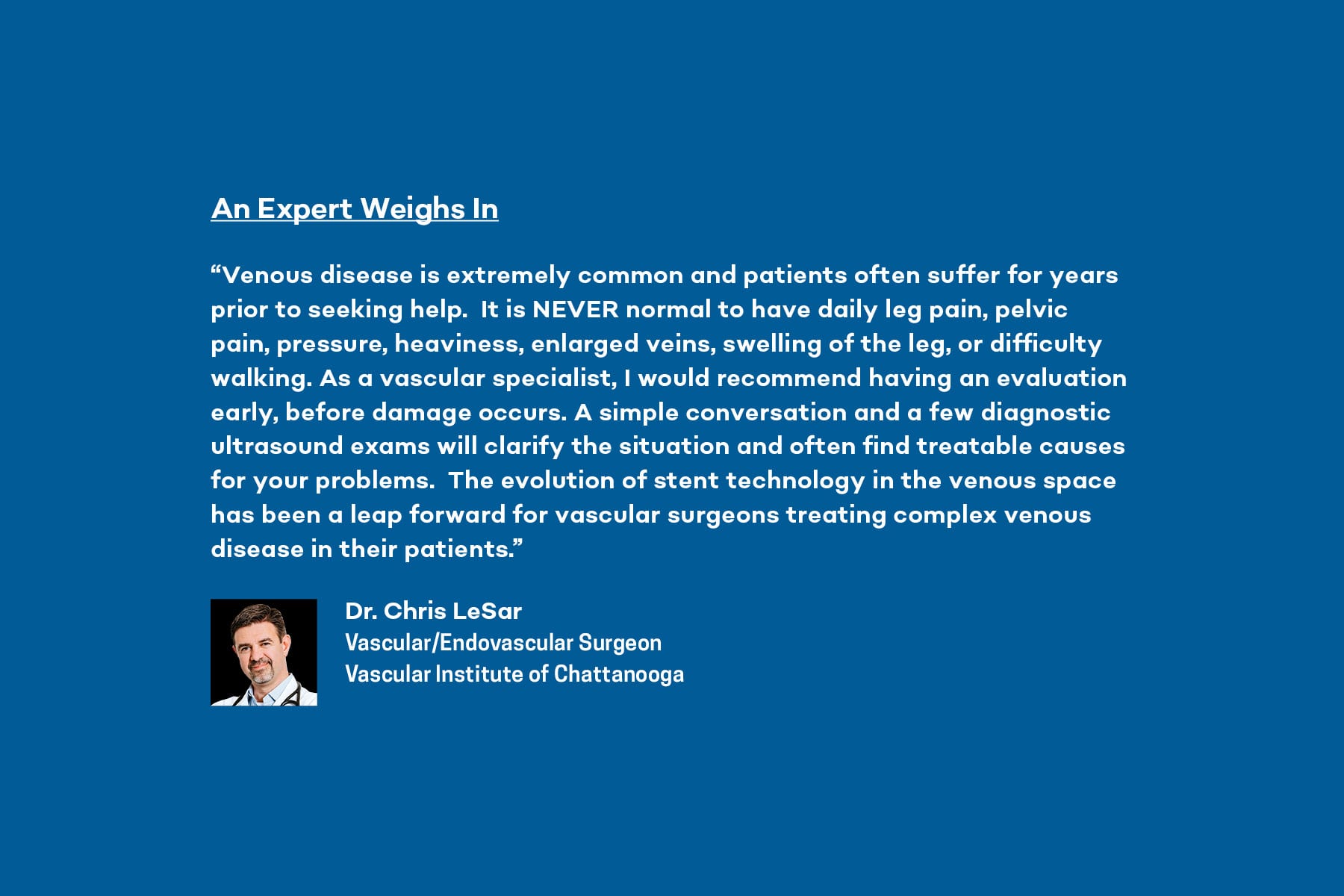Tech For Your Health
Medical technology is changing and evolving all the time. From the latest in robotic surgery to high-tech treatment options for mental health and wellness, read on to learn more about the most up-to-date technological advancements in healthcare.
By Anna Hill
When treating vascular disease, this new stent provides surgeons with greater precision and accuracy than previous models, as well as better patient outcomes.
Those who have issues with blood flow to the legs often struggle with chronic pain, reduced mobility, ulcers, and swelling, which can all contribute to an impeded quality of life. Thankfully, there are treatment options for this, one of which is stents, which are devices that provide structural support for veins and aren’t as hard on the body as a bypass operation. Among the most advanced treatments is the VENOVO Venous Stent system. Its accurate deployment and optimal stent placement successfully increases blood flow, thus improving patient outcomes.
What It Is
The VENOVO venous stent system is a medical device designed to treat a narrowed vein in the area between the pelvis and the groin – this is referred to as the iliofemoral vein. The device is made up of two components: a stent made of nickel-titanium alloy tubing and a stent-delivery catheter system that goes over the wire of the stent. The stent is designed to hold open the constricted iliofemoral vein and increase blood flow to the leg.
How It Works
During the procedure, the physician will insert the thin flexible tube that makes up the device’s delivery system into the narrowed section of the vein. The physician will rotate a thumb wheel on the delivery system to expose the stent, which is pre-loaded into the delivery tube. The stent then self-expands automatically and holds the vein wall open, which will allow blood to flow through unobstructed. The stent will remain implanted in the vein permanently to provide continued support to the newly opened section of the blood vessel.
Who It’s For
The VENOVO system is intended for those who are suffering from narrowed sections of their iliofemoral vein or veins due to small blood clots than can form in the vein’s lining as a result of deep vein thrombosis (DVT) or the compression of the vein between a bone and another artery. These conditions can lead to limited blood flow in the leg, which can cause swelling and limited mobility, as previously mentioned. The VENOVO stent as a system is a great option, due to its improved placement accuracy over some other options, and patients were observed to have significant improvements in quality of life during a 12-month post-op observation period. However, this system isn’t for everyone – patients who are sensitive to the metals used in the stent, cannot receive blood thinners, or have lesions that prevent optimal stent placement aren’t ideal candidates for VENOVO. HS





